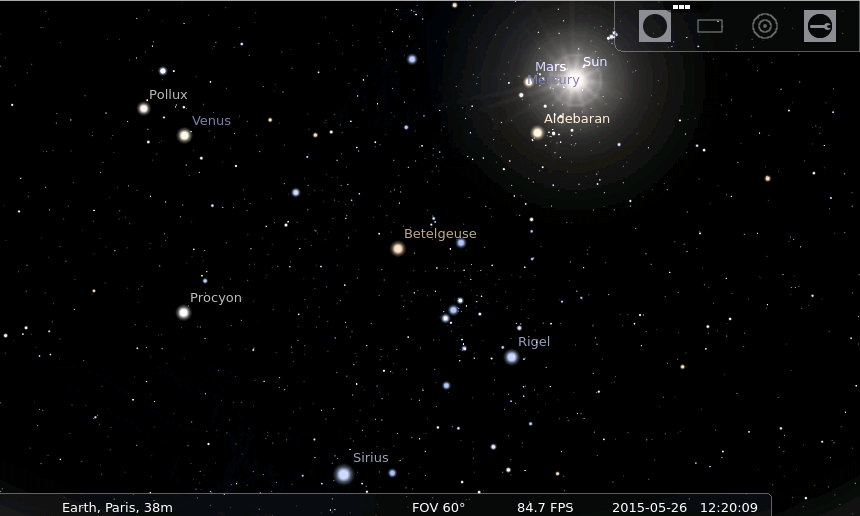

I grabbed a screenshot just to show you.īefore I get to scripting an animation, you might notice that some animations are already available for you to watch and use. Once you've got Stellarium installed, go to your application menu, and under education, you'll see the Stellarium app.

Next up, to install Stellarium, just run one simple command: $ sudo apt install stellariumĪnd poof! It's installing. That might take a minute to run if you, for example, left your PI alone since October. You can do this by running these commands: $ sudo apt update Make sure you update your OS with the most recent software. I used the SD card edition of the install in my previous article, but you can choose whichever way you want using the Raspberry Pi manager. What do we need for this trip?įor starting the installation of Raspberry Pi OS, I followed the instructions for the Raspberry Pi Imager instructions. I've repurposed this same Raspberry Pi to create a traveling galaxy box. If you remember my Halloween-themed article, I covered using a Raspberry Pi to make a festive Halloween jack-o-lantern.

Stellarium install how to#
In this article, I'll show you how to put those stars in your pocket using a Raspberry Pi 4, along with scripting some animations for fun. This stellar software allows for a 3D view of your local sky, with amazing telescopic and scripting features. In my previous article, I talked about Stellarium in a web browser.


 0 kommentar(er)
0 kommentar(er)
